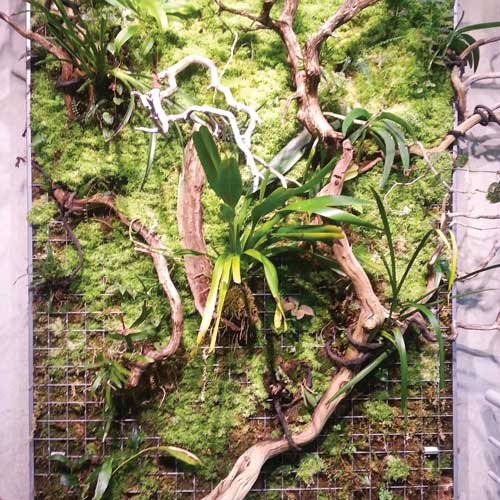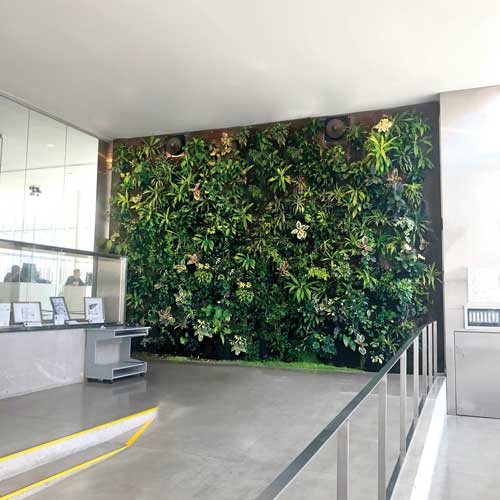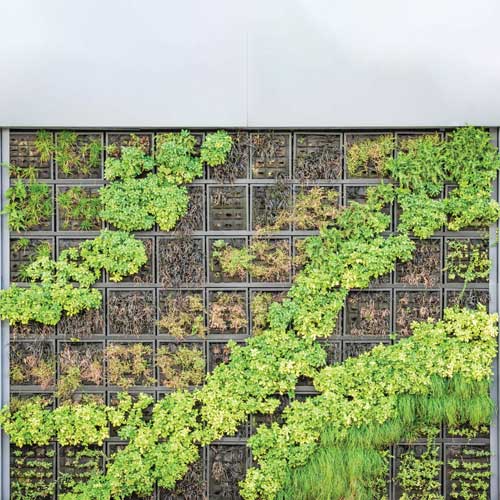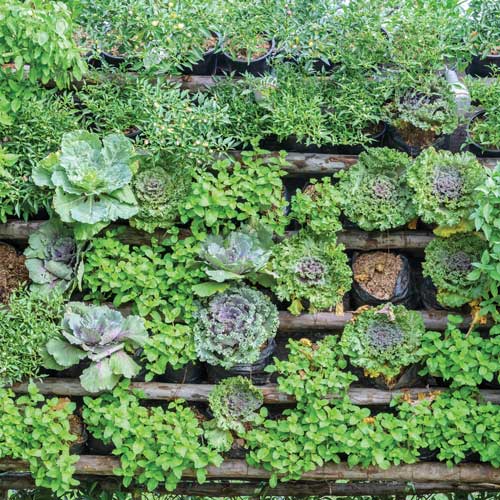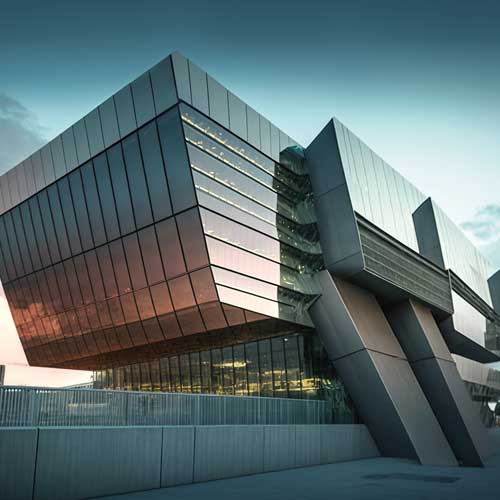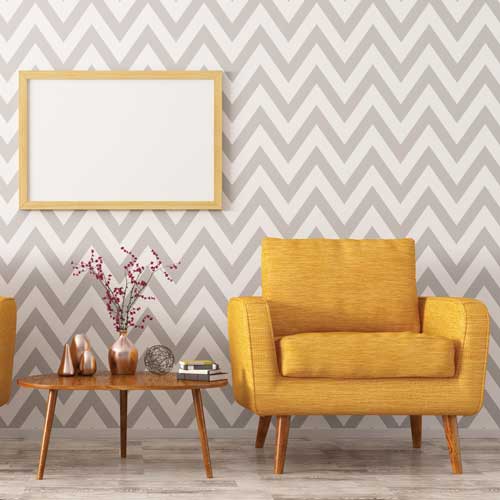BY Pallavi Pinakin
Nothing can match the serenity and joy that the green, growing bounty of nature brings into our lives. So why restrict these pleasures to the outdoors? ‘Living walls’ allow you to bring the magic of plants inside your home... without using up too much floor space!
VERTICAL PANELS Green living walls are essentially vertical panels of plants, which can be freestanding or attached to an existing surface. The main benefit of this option is that it uses very little horizontal space whilst providing lots of greenery. Some green walls feature a hidden system of pipes with a self-watering mechanism. Although these are more expensive, they’re easier to maintain – while others are basic and need to be watered by hand. No matter which version you choose, this creative structure is a great way to reintroduce nature into small urban spaces. Homes without large balconies, courtyards or gardens are prime contenders for such eco-walls.
INTERIOR PLANTS The presence of living plants inside one’s home offers several advantages. They’re natural air purifiers because they absorb CO2, filter out pollutants and release fresh oxygen. Plants also absorb noise and help create an ambience of hushed tranquillity even in the middle of a concrete jungle. Research shows that being close to nature boosts our wellbeing, creativity and productivity. Last but not least, eco-walls look beautiful. This innovative design feature can transform the ambience of a room. Look at it from an aesthetic point of view: a vertical garden is akin to a living artwork. You can build a frame that complements your interior design and choose plants in a certain colour palette to enhance the overall look.
PROPER LOCATION Choosing the right place is important for a flourishing vertical garden that will live long. Look for spaces that offer ample natural light; and that way, you will be able to grow a wide variety of plants. In low light environments, you always have the option of adding supplemental lighting fixtures.
GOOD VEGETATION Once you have decided where to place the living wall, it is vital to identify the microclimate of the area. This will help you to select the right types of vegetation – from ornamentals to herbs and vegetables. In general, plants with a wide range of tolerance are most suitable. Those that require a lot of care tend to fail as they may not get exactly what they need to thrive in such a system.

